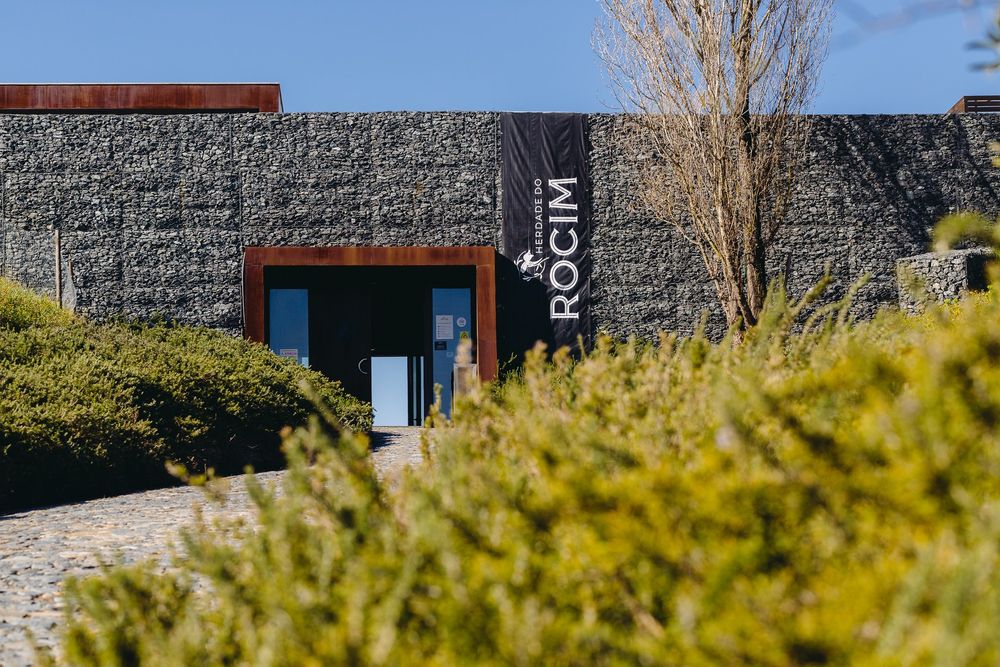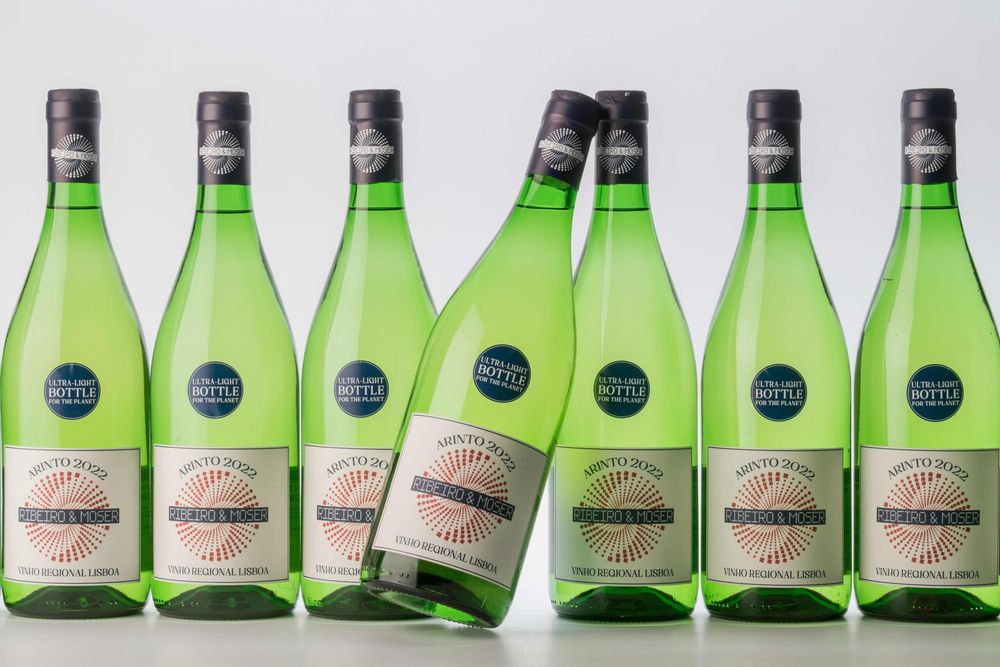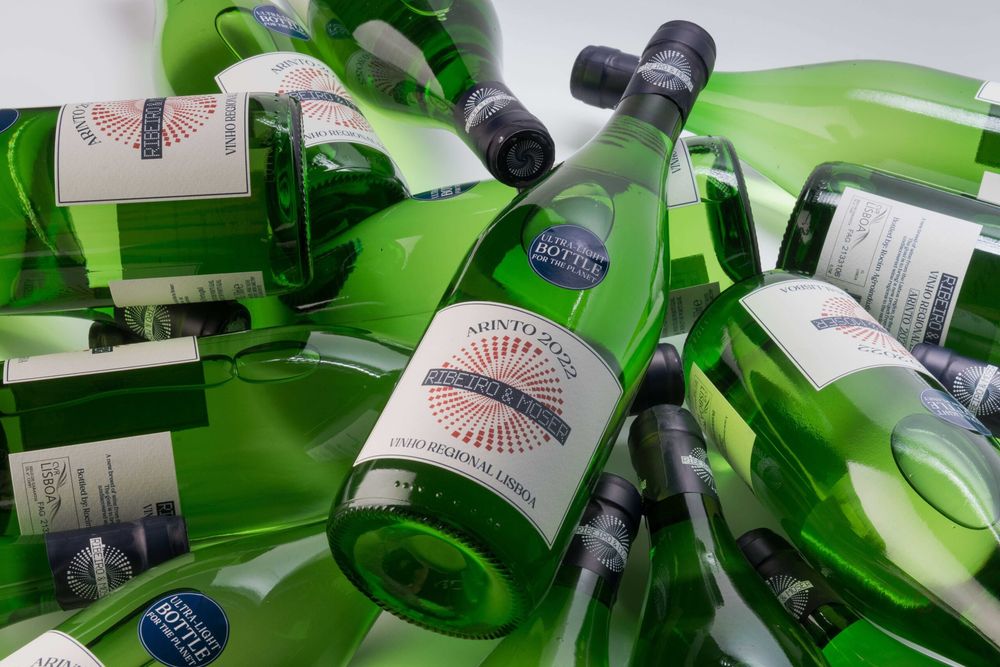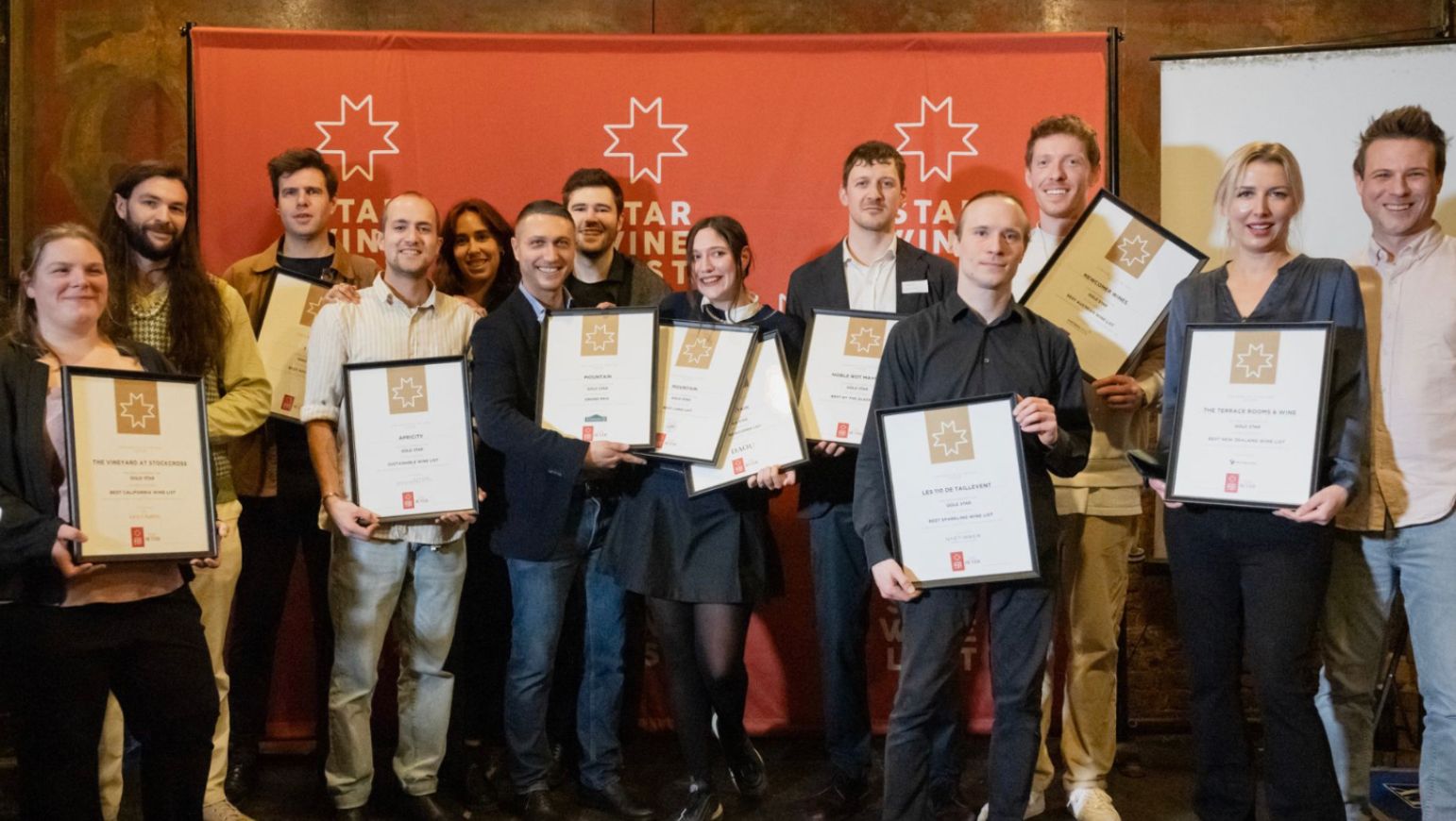Ribeiro & Moser is the latest project from the always innovative Lenz Moser and Portugal’s Pedro Ribeiro that hopes to widen the appeal and awareness of Portugal’s Arinto white grape variety.
Can you tell us about this new partnership you have established?
I met Pedro Ribeiro through a mutual friend, Claudio Martins. We spoke about Portuguese wines as I am always interested to find out the latest from a different country. I am familiar with Portuguese reds a bit, but had never heard of, or tasted, Arinto before and immediately liked what I saw. So we decided to tackle Arinto and bring this unknown wine to international markets – particularly as 90% of Portuguese exports are for its red wines. We have formed a partnership – Ribeiro & Moser – and will share profits from our jointly owned label of R&M.
Why were you so keen to work together?

Pedro Ribeiro has helped put Herdade do Rocim in Alentejo on the map as one of Portugal’s most premium and innovative producers
Pedro knows how passionate I am about white wines – like with my Grüner projects – and thought I would be interested in what Portugal has to offer and Arinto in particular. I, on the other hand, have been impressed by Pedro’s operation at Herdade do Rocim in Alentejo. His philosophy of making wine in the vineyards and not in the cellar and his willingness to play with new ideas and blending for the best result. Rocim is an impressive place – the winery is partly insulated with 1m thick clay walls for fighting the gruelling summer heat of up to 40 degrees Celsius.
I was also fascinated by Pedro’s expertise in amphora winemaking and although we are not using amphora in the new project it has been really interesting to find more about that side of his winemaking.
The idea of your joint project came together over a few bottles of great wines from Rocim which we enjoyed during our first meeting together. It is always the same: it happens in the first few seconds whether you “click” or not – then you just try to overcome any cognitive dissonance and make it happen. But I must admit I had no intention of doing a project in Portugal up to that moment – but the opportunity to work with Pedro was too good to miss.
It’s very exciting to now have our finished wine in the warehouse ready to be shipped and sampled and build on the interest we got at ProWein for the barrel samples we had there.
What do you think the Arinto grape variety offers you as a winemaker?
It is a new taste profile – that’s what makes it interesting. It offers something new to the wine world and reminds me of my own Grüner story. Arinto is the biggest white grape variety in Portugal, yet it does not appear widely on export labels. Same was the case for Grüner in the early 80s before my family did so with huge success.

Lenz Moser and Pedro Ribeiro have worked together to blend their R&M Arinto wine
Grüner is now the number one ambassador grape of Austria – and I can see that also happeningfor Arinto in Portugal. The wine industry is all about discovery and the more indigenous per country the better. The Arinto grape has been cultivated for centuries in the Lisbon wine region and is known for producing wines with high acidity and a fresh, crisp flavour. The grape is frequently blended with other local grape varieties such as Sercial and Rabo de Ovelha to create a distinctively Portuguese blend.
Arinto also offers a very generous and rich bouquet, it’s a bit nutty and rustic, yet through blending with different types of Arinto and a bit of wood treatment it offers, all of a sudden, a typical Portuguese white with character, elegance and new profile. Arinto wines from the Lisbon wine region in general have a distinct flavour, with touches of lemon and apple, as well as a chalky minerality that is unique to the region. It needs careful of blending to become even more attractive to the outside world.
This project also gives me the chance to work in Portugal for the first time. It’s a new project, a new opportunity, developing new wines with a new taste. It’s also a fresh challenge to bring something to the world which is not known widely yet. It’s the same with all my projects – like in China, Grüner and rediscovering Tokaj with Dry Furmint.
Anything that surprised you about making the wine that you were not expecting?
There were surprises all the way, mostly very positive especially when you work with someone of the calibre of Pedro Ribeiro and all the other Portuguese people I met on the way for this project. Young, bright, well educated, with a quick grasp of this new opportunity etc.
How did you come up with the style of wine you want to make?

The Ribeiro & Mosel Arinto wine has been made to be fresh and food friendly and comes in an ultra lightweight bottle
The style of wine always has to be “friendly” both in terms of being food friendly, but also a wine you can drink on its own. The wine offers a new style of white from Portugal, fresh, young, and in tune with what the “zeitgeist” want to drink – including its packaging.
We did not want to make a cerebral wine – Pedro and I like our new wine for its class, but also its quaffable element too. And for us it is important to change the game when it comes to marketing our wines – hence we have used the lightest bottle we could find in Portugal (360 grams) and we are looking for something even lighter.
Is it the most beautiful bottle? No, but if we don’t start trying to influence the use of resources then this planet will die. It is the only wine bottle of its type, nobody else is using it, but we feel the light weight sends a very a strong signal to consumers – we shall have to see how it works. At Ribeiro-Moser, we believe it’s past time for the wine industry to raise a glass to sustainability and embrace lighter, more environmentally friendly packaging, which is why we chose a 360g bottle for our wine.
We will have to market the wine as being slightly smaller on shelf compared to heavier bottles from all over the world, including Portugal. It has also been important to use cork for this wine – it is from Portugal after all – and we will substitute the capsule soon with paper (as Lageder is doing).

The light weight bottle being used for R&M Arinto is part of Lenz Moser’s commitment to reducing the glass weights of all the wines he makes around the world
We are on a mission to reduce all our glass weights for our wines from China, Austria and Tokaj and Australia’s Kilikanoon which we have the honour of distributing in Europe.
What price points are the wines?
Around €25 RSP in Europe and the equivalent value in sterling in the UK.
Which channels and markets are you looking to sell the wine into?
We want to sell to all the major global wine markets for Portuguese wine which differs slightly form where we sell our Gruner and Chinese wine – for example Brazil and Angola is higher on Portugal’s list of export countries.
In terms of channels, we want to follow our strategy of going to the on-trade first, yet also be relevant for the off-trade too trade around the world. We shall also be looking to work with the best possible importers too. In the UK we are evaluating several options as we speak.
- You can find out more about Ribeiro & Mosel wine partnership at its website here.








































